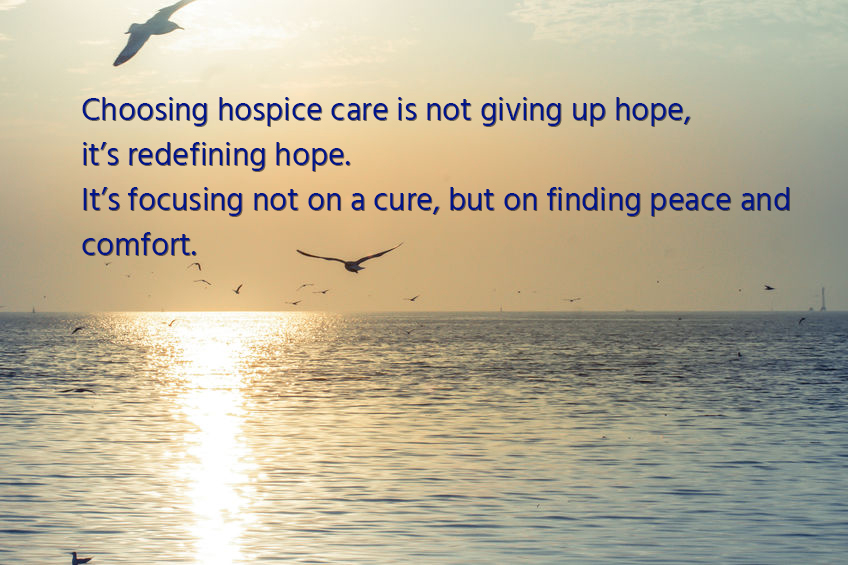
The Center for Cancer and Blood Disorders is here to help you and your child. Patients can access state-of the-art technology, infusion therapy and clinical trials, as well personalized care and nutrition counseling. These centers also offer patients a wide variety of financial counseling options.
The Center for Cancer and Blood Disorders presents the most current advances in clinical and infusion therapies, chemotherapy and research. Patients also have access to more than 300 clinical trials. They have a full-service laboratory and an on-site pharmacy to provide convenient access to cancer care. Patients and their families can also attend support group meetings at the center. Pre-teen and Teen Camps are available to patients.
U.S. News & World Report ranked Virginia's Pediatric Specialists of Virginia's Center for Cancer and Blood Disorders as one of the top national cancer centers. The center's medical oncologists and board-certified doctors offer compassionate care for children and their families. The center offers integrated health care plans, making it an ideal medical home for children living in Northern Virginia.

In addition to a group of physicians, the center's treatment centres include nurses, child-life specialists, and social workers. Each team works together to create a unique treatment plan for each patient. Immunotherapy trials are also offered at the center, which aims to treat childhood cancer. These trials utilize immunotherapy to increase the immune system. The center's scientists and doctors are working together to create better treatments for children who have blood disorders.
You can also access a Blood Donor Center, which collects blood donations at the hospital to provide them to children in need. It also collects platelets to support community blood drives. The Center for Cancer and Blood Disorders also has an in-house specialty pharmacy, which is available 24/7. Patients can also receive financial counseling and nutrition counseling.
Children's National Hospital's Center for Cancer and Blood Disorders works to develop new therapies for blood disorders and other immune-related diseases. More than 300 clinical trials allow patients to access the most current treatment options. A member of staff is always available for parents to discuss their concerns. The center has a social worker who can assist with psychosocial issues. Child life specialists and nurses at the center will take care of the child throughout and after treatment.
The Center for Cancer and Blood Disorders is located in the Bethesda, MD area and offers convenient access to cancer care. Patients can have state-ofthe-art Infusion Therapy, access to clinical trials, immunotherapy trials, nutritional counseling, and financial counseling. The center is also one the largest in the country for pediatric cancer. The center's doctors have more than 40 years of combined experience in oncology. They also received training at the MD Anderson Cancer Center in Houston.

The Center for Cancer and Blood Disorders is now collaborating with CureWorks. CureWorks is a program that develops better immunotherapy treatments for childhood leukemia. This partnership is open to institutions in the U.S., Canada and Europe. The Center for Cancer and Blood Disorders plays a leading role in the development and implementation of new treatments for childhood cancer and other blood disorders.
FAQ
Which are the three levels of care in a health facility?
The first level is general practice clinics which provide basic medical services for patients who do not require hospital admission. If necessary, they may refer patients to other providers. This can include nurse practitioners, general practitioners, and midwives.
The second level includes primary care centers that offer outpatient comprehensive care including emergency treatment. These include hospitals, walk-in clinics, urgent care centers, family planning clinics, and sexual health clinics.
The third level is secondary care centers which provide specialist services such as orthopedic surgery, eye surgeries, and neurosurgery.
What are the benefits of having medical systems?
In developing countries, many people lack basic medical care. Many people living in these areas will die before they reach their middle years from diseases such as tuberculosis.
People in developed countries get routine checks and see their general practitioners for minor ailments. However, many people continue to suffer from chronic conditions like diabetes and heart disease.
What are the primary goals of a health care system?
A healthcare system must have three main goals: to provide affordable care, improve patient outcomes, and reduce costs.
These goals have been incorporated into a framework known as Triple Aim. It is based in part on Institute of Healthcare Improvement's (IHI) research. IHI published it in 2008.
The idea behind this framework is that if we focus on all three goals together, we can improve each goal without compromising any other goal.
They don't compete against each other. They support one another.
For example, improving access to care means fewer people die due to being unable to pay for care. That reduces the overall cost of care.
Improving the quality of care also helps us achieve the first aim - providing care for patients at an acceptable cost. It also improves the outcomes.
What are the different health care services?
A health service is a medical facility that offers healthcare services to patients. A hospital is an example. It typically contains many departments such the emergency room, intensive care unit and operating room.
What is the difference between health system and health services?
Health systems can be more than just providing healthcare services. They cover all aspects of life, from education to employment to housing and social security.
Healthcare services on the other hand focus on medical treatment for specific conditions like diabetes, cancer, and mental illness.
They may also be used to refer to generalist primary-care services that are provided by community-based practitioners under the guidance of an NHS hospital Trust.
What about the role played by the private sector?
Healthcare delivery can be facilitated by the private sector. For example, it provides some of the equipment used in hospitals.
It also pays for some of the staff who work in hospitals. It is logical for them to be involved in running the system.
But there are limits to what they can offer.
It is not always possible for private providers to compete with government services.
They should not try to run the whole thing. This could indicate that the system isn't providing good value for your money.
What are the main types of health insurance?
There are three types of insurance that cover health:
-
Private health insurance covers most of the costs associated with your medical treatment. Private companies often offer this type of insurance. You only pay monthly premiums.
-
Although most medical costs are covered by public insurance, there are certain restrictions. Public insurance does not cover preventive services, routine visits to doctors, hospitals and labs, Xray equipment, dental offices, prescription drugs or certain tests.
-
Medical savings accounts (MSA) are used to save money for future medical expenses. The funds are held in an account that is distinct from all other types of accounts. Most employers offer MSA plans. These accounts do not have to be taxed and can earn interest at the same rate as bank savings.
Statistics
- Consuming over 10 percent of [3] (en.wikipedia.org)
- Price Increases, Aging Push Sector To 20 Percent Of Economy". (en.wikipedia.org)
- For instance, Chinese hospital charges tend toward 50% for drugs, another major percentage for equipment, and a small percentage for healthcare professional fees. (en.wikipedia.org)
- Over the first twenty-five years of this transformation, government contributions to healthcare expenditures have dropped from 36% to 15%, with the burden of managing this decrease falling largely on patients. (en.wikipedia.org)
- For the most part, that's true—over 80 percent of patients are over the age of 65. (rasmussen.edu)
External Links
How To
What are the 4 Health Systems?
Healthcare systems are complex networks of institutions such as hospitals and clinics, pharmaceutical companies or insurance providers, government agencies and public health officials.
The goal of this infographic was to provide information to people interested in understanding the US health care system.
These are some key points.
-
Annual healthcare spending amounts to $2 trillion, or 17% of GDP. This is nearly twice the amount of the entire defense spending budget.
-
Medical inflation reached 6.6% in 2015, which is more than any other consumer group.
-
Americans spend 9% of their income annually on health.
-
In 2014, over 300 million Americans were uninsured.
-
Although the Affordable Care act (ACA) was signed into law, its implementation is still not complete. There are still large gaps in coverage.
-
A majority believe that the ACA must be improved.
-
The US spends a lot more money on healthcare than any other countries in the world.
-
Affordable healthcare would lower the overall cost by $2.8 Trillion annually if everyone had it.
-
Medicare, Medicaid, or private insurance cover 56%.
-
There are three main reasons people don't get insurance: not being able or able to pay it ($25 billion), not having the time ($16.4 billion) and not knowing about it ($14.7 trillion).
-
There are two types: HMO (health maintenance organisation) and PPO [preferred provider organization].
-
Private insurance covers all services, including doctor, dentist, prescriptions, physical therapy, and many others.
-
Public programs provide hospitalization, inpatient surgery, nursing home care, long-term health care, and preventive services.
-
Medicare is a federal program that provides health coverage to senior citizens. It covers hospital stays, skilled nursing facility stay, and home healthcare visits.
-
Medicaid is a joint federal-state program that provides financial assistance for low-income individuals or families who earn too little to qualify for other benefits.